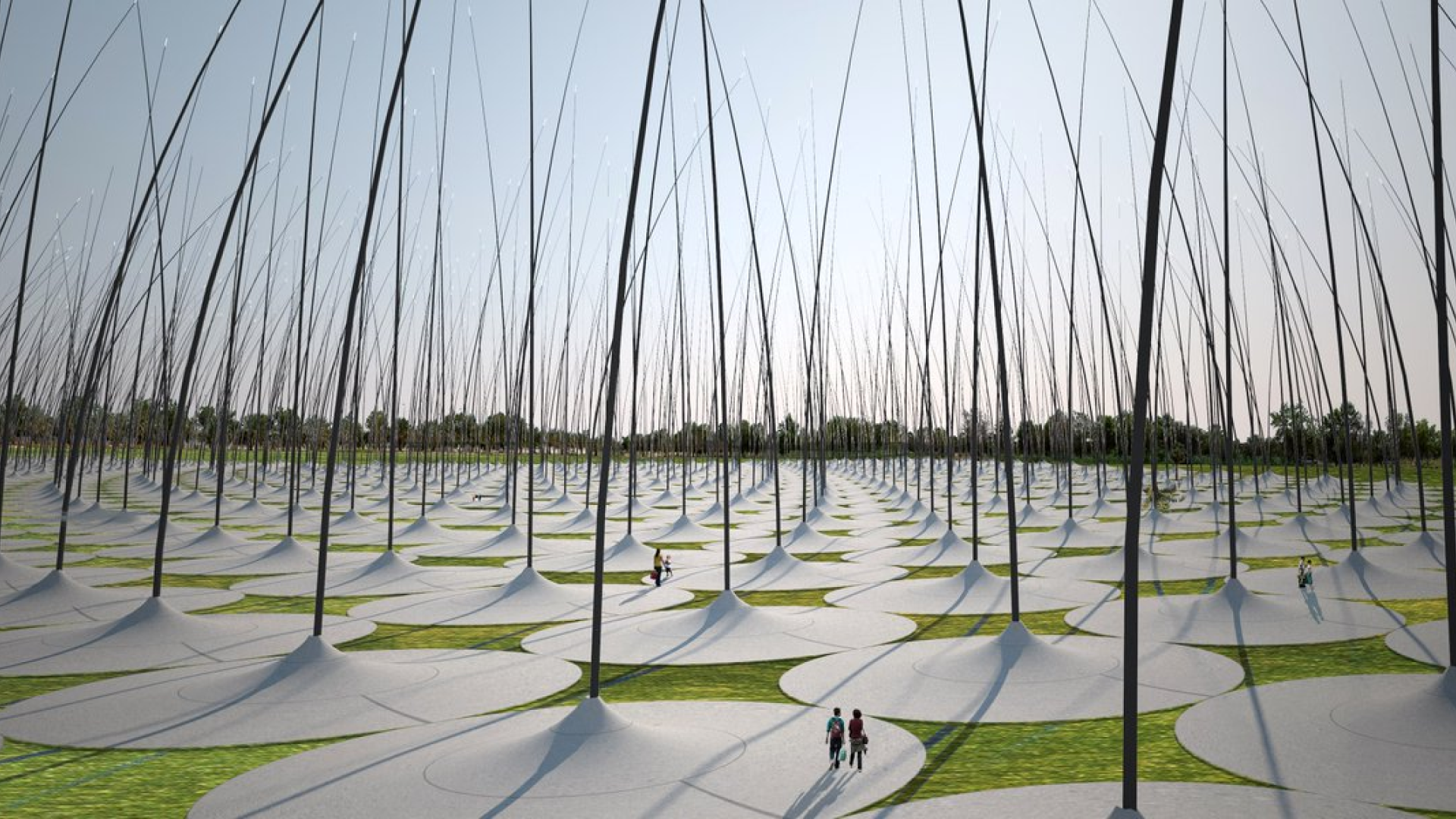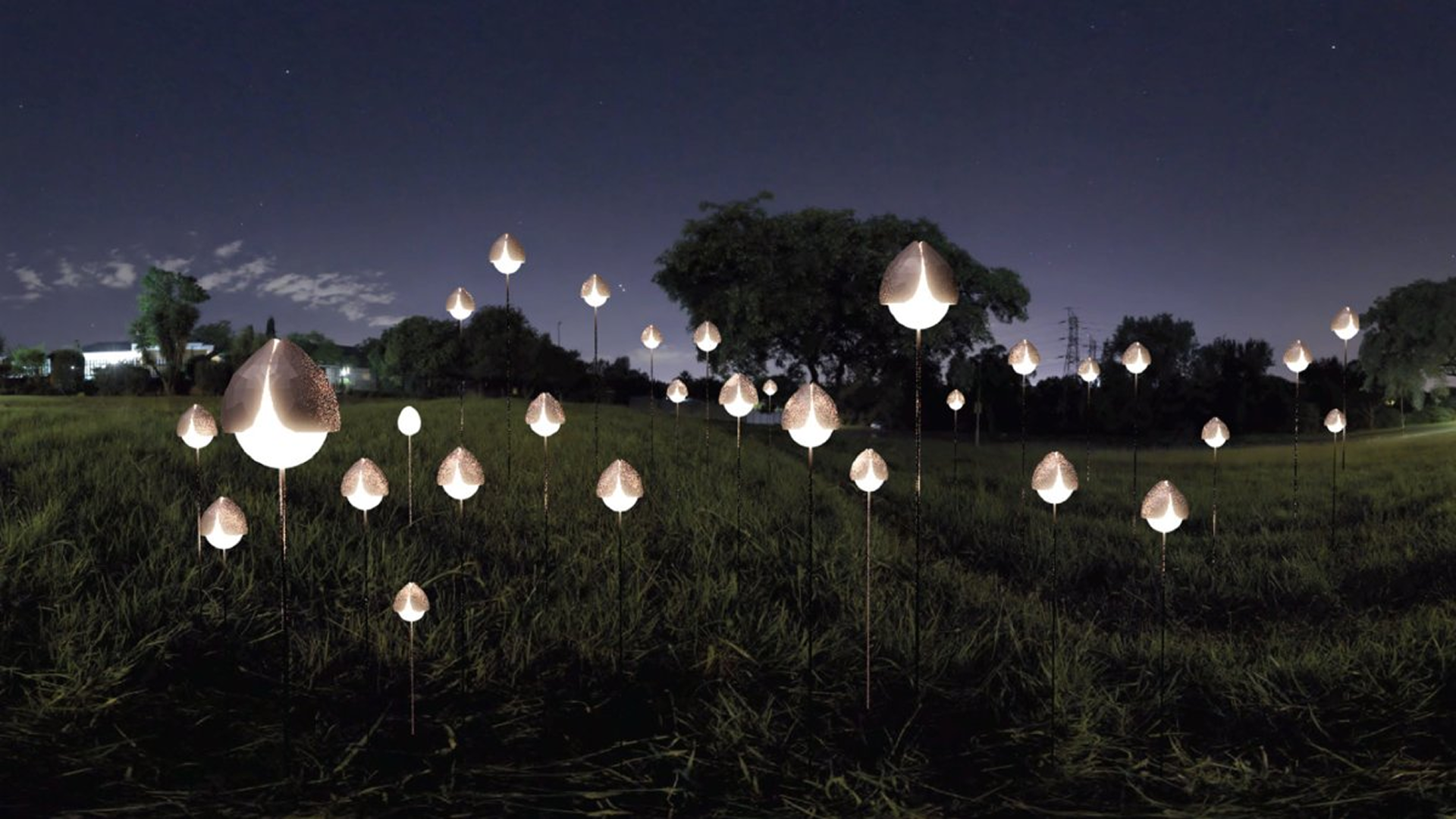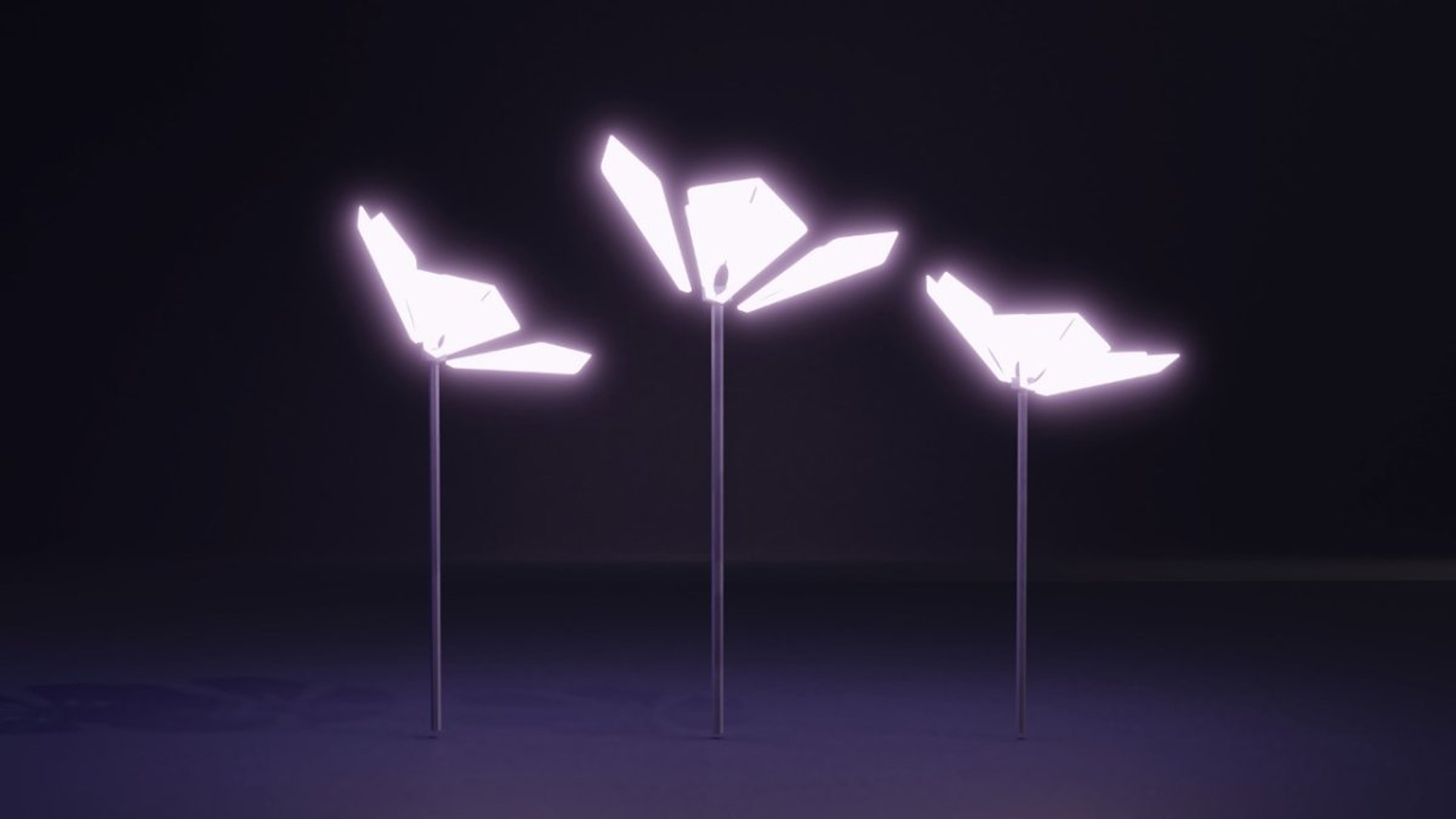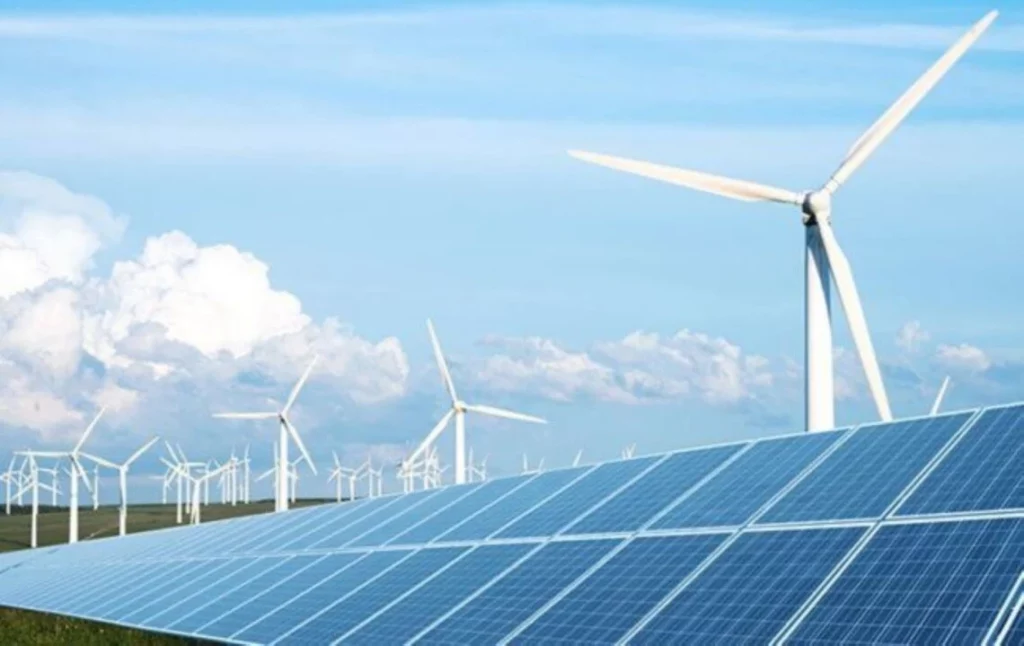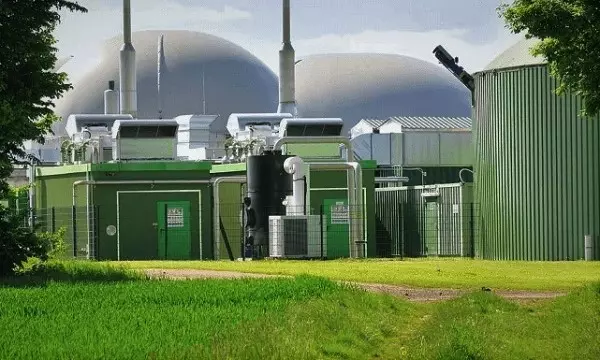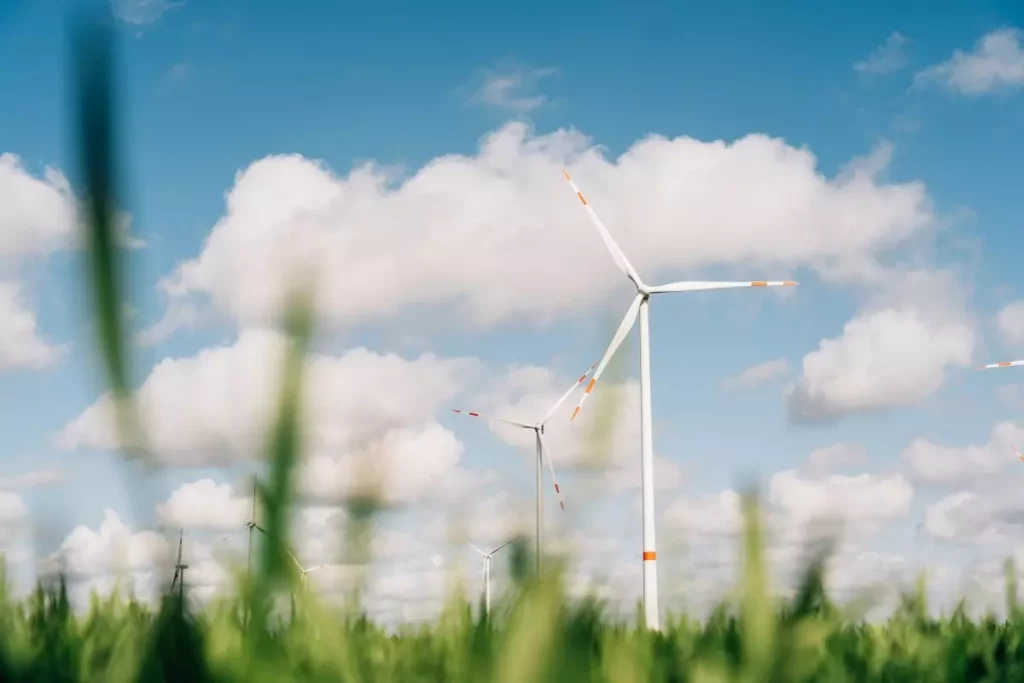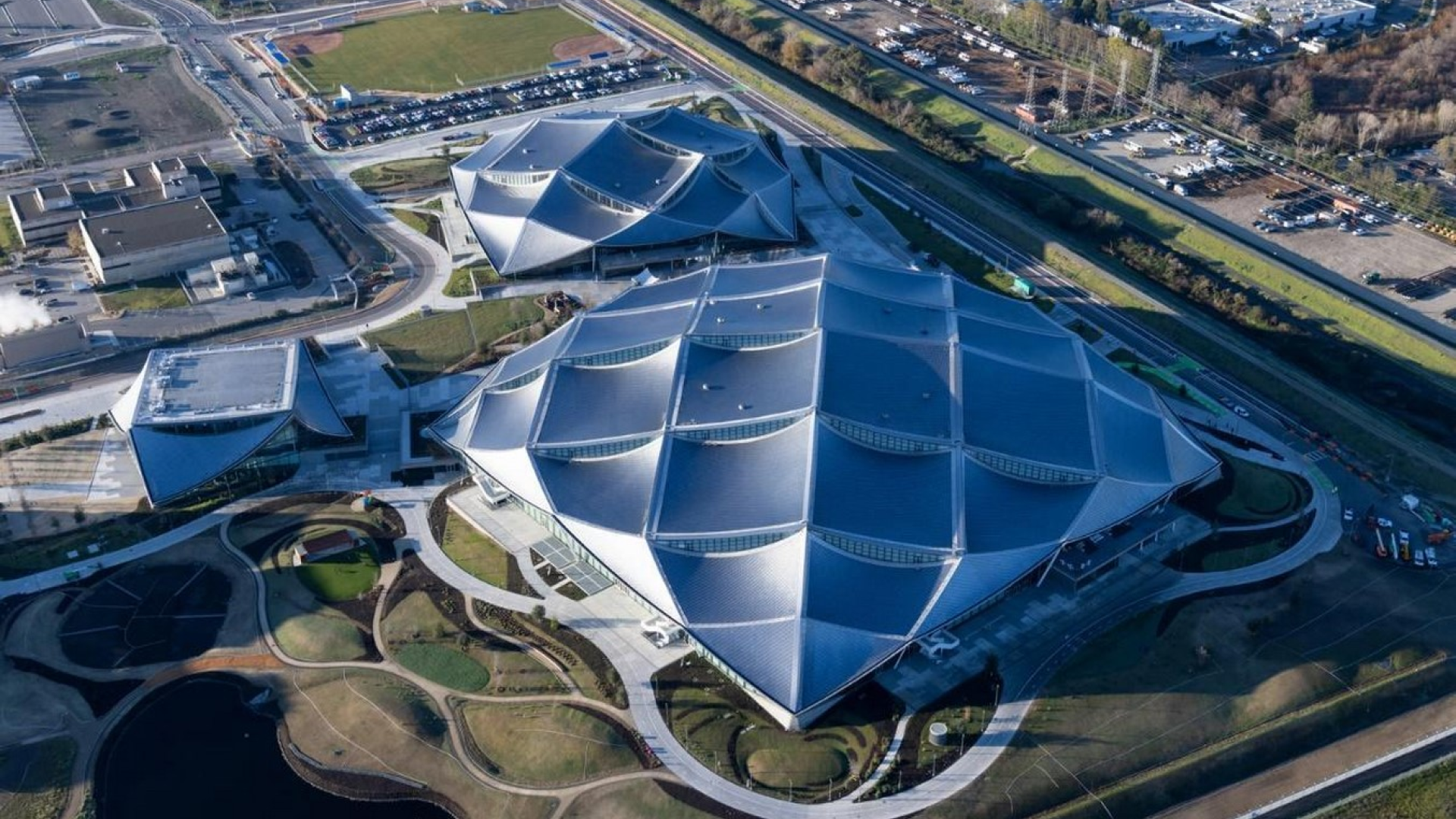
Energy-Generating Architecture: How Renewable Energy Is Transforming Design Approaches
06.10.2025Modern architecture is moving beyond aesthetics, integrating renewable energy sources (RES) into the very fabric of buildings. Engineering solutions are becoming part of urban culture: solar roofs, wind installations, and energy art not only enhance energy independence but also shape a new philosophy of space — one that is simultaneously aesthetic, technological, and ecological.
Sustainable design has long ceased to be an “addition” to architecture. Climate change, rising energy costs, and challenges to energy security compel us to rethink buildings as active elements of the energy system. Architects are creating projects where form, function, and energy efficiency operate as a single whole — from façades that generate electricity to spaces powered by the sun and wind themselves.
Solar Integration: Google Bay View
Become a member of 100 RE UA
Switching to 100% renewable energy in Ukraine is possible!

